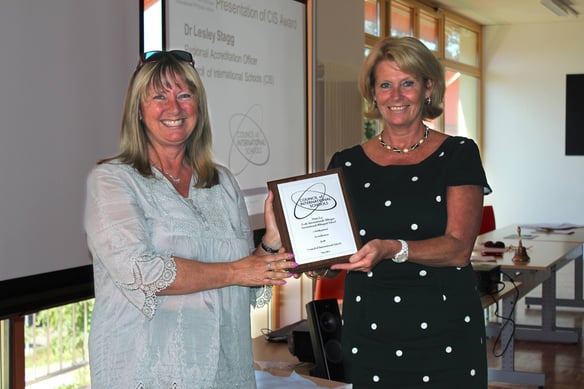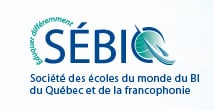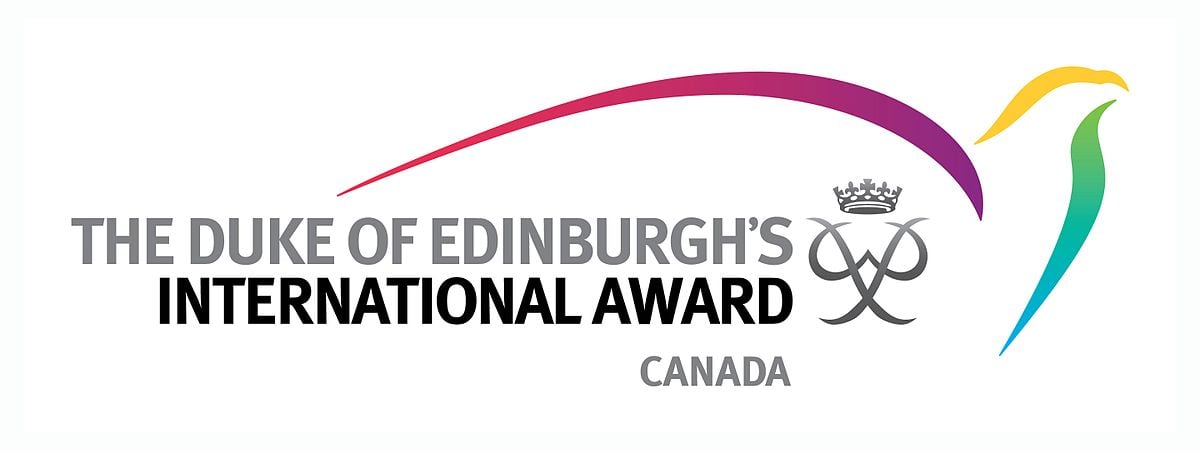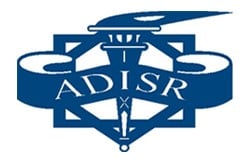You may have noticed an extra buzz around Haut-Lac these days. Or heard talk of something called C-I-S. What is it and why is it important?
CIS, aka the Council of International Schools is an organisation committed to promoting high quality international education in its member schools. Its rigorous accreditation process ensures its members’ curricula, facilities, staff and attention to students’ physical, social and emotional well-being are of the highest standards. This, in turn, reassures parents and earns each school a seal of approval from universities and government agencies worldwide.
Becoming and staying CIS-accredited
Accredited-status is unfortunately not forever.
Schools have to undergo re-evaluation according to the latest CIS protocol every few years. This requires a 12 to 18-month self-study involving the whole school community followed by a one-week visit from peers at other CIS member schools, who objectively verify the information submitted in the detailed report and respond with commendations for achievements and recommendations for further improvement. If all goes well, the school is re-accredited.

Haut-Lac’s CIS accreditation journey
At 30 years old, Haut-Lac International Bilingual School is undergoing its third CIS evaluation. We therefore thought now seemed a fitting time to look back on the huge developments the school has undertaken over the years.
We decided to become CIS accredited as the internationally-valid standards would help us improve and progress in line with recognised best practice. Having received the IBDP and IBMYP authorisations a few years beforehand, this additional seal of approval would solidify the school's credentials for providing a high-quality education centred on student well-being and success.
Preparations for the first preliminary visit in 2010 and the subsequent full team visit in 2012 created anxious times. It was an opportunity for us to formalise things that worked well, but were not yet underpinned by clear policies and documentation. Everyone was motivated to help show the school in its best light, and this eagerness was reflected in the dozen hefty ring-binders containing the various section reports and supporting evidence. Apparently this was one of the most comprehensive self-studies CIS had ever received. Our anxiety was unfounded though, as Haut-Lac was accredited straight away.
In 2017, we embarked on the first re-accreditation process. This time, we were much more environmentally-friendly and provided the CIS visitors with USB sticks. The infant and primary classes had just moved up from Vevey to the new premises at Praz-Dagoud, so this change, and the opportunities arising from it for all students, provided ample material for the update.
By the time the full team visited in 2019, all reporting had to be submitted directly onto the CIS portal. Whilst this made it easier to centralise and consolidate the information the school planned to submit, it created a lot of technical frustration too. Thankfully, there was IT support to call on both internally and from the CIS headquarters in Leiden in the Netherlands.
What is the accreditation process like now?
Both the report submission process and the accreditation protocol itself have substantially evolved over time. The broad outline remains the same (Mission and Purpose, Leadership and Governance, Curriculum, Assessment, Student Well-being, Staff, Premises and Residential Programmes), but the focus has changed.
Initially, we evaluated our “readiness for the 21st century”, then our “international citizenship” and now we’re looking at “well-being and sustainability”.
The process has changed too. It has moved away from ensuring standards are met, to asking the school to reflect on how well they are met, how the outcomes are measured and how they spur on future planning.
In fact, Haut-Lac chose to use this second re-accreditation as a vehicle for advancement in an area of its choice by following CIS’ newly-devised Pathway 2. In other words, we will actually benefit from the process, rather than find ourselves putting everything on hold to compare the school to a benchmark.

How has Haut-Lac benefitted from its CIS accreditation?
If you’ve been at Haut-Lac for some time, you will have seen the school evolve into a more responsive structure. We’ve learnt to react more quickly to students’ immediate and long-term needs by adapting the pastoral care and programme options we provide.
What has transcended all the school’s developments, however, is the respect, the warmth and the friendships among all in the school community. An aspect fondly remembered by alumni, ex-parents and former staff. And one, we hope will stay for many more years to come.
For now though, the four founder-directors remain the driving force, less in evidence than in the old days, but still very active behind the scenes. The school’s strategy is still set according to the school's guiding statements and the Directors’ vision, but by an extended governance and leadership structure, which encompasses a Governing Board, an Advisory Board and the Whole School Senior Leadership Team.
It’s evidence of this strategy that the CIS visitors will be looking out for as they discover what makes Haut-Lac special and how it helps its students to achieve. They will be critical friends who both support and challenge us by providing constructive feedback to integrate into future development plans.
We look forward to welcoming them for a week in 2024.
Christine Knight
Former CIS Coordinator at Haut-Lac


.jpg)










